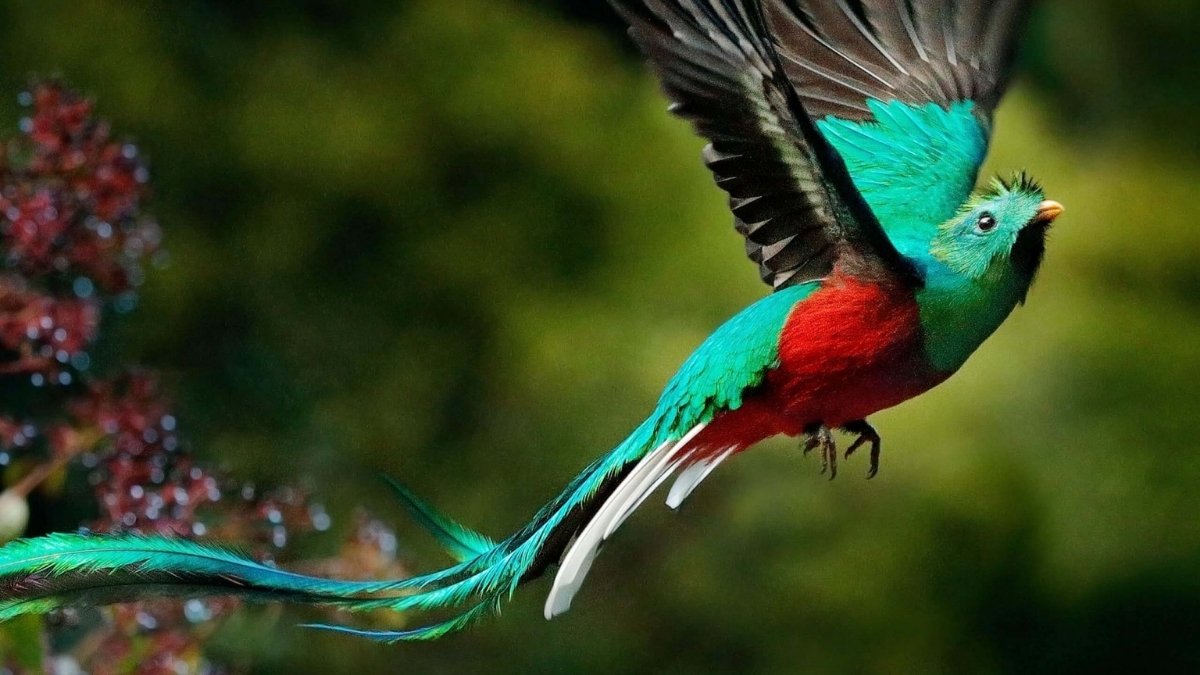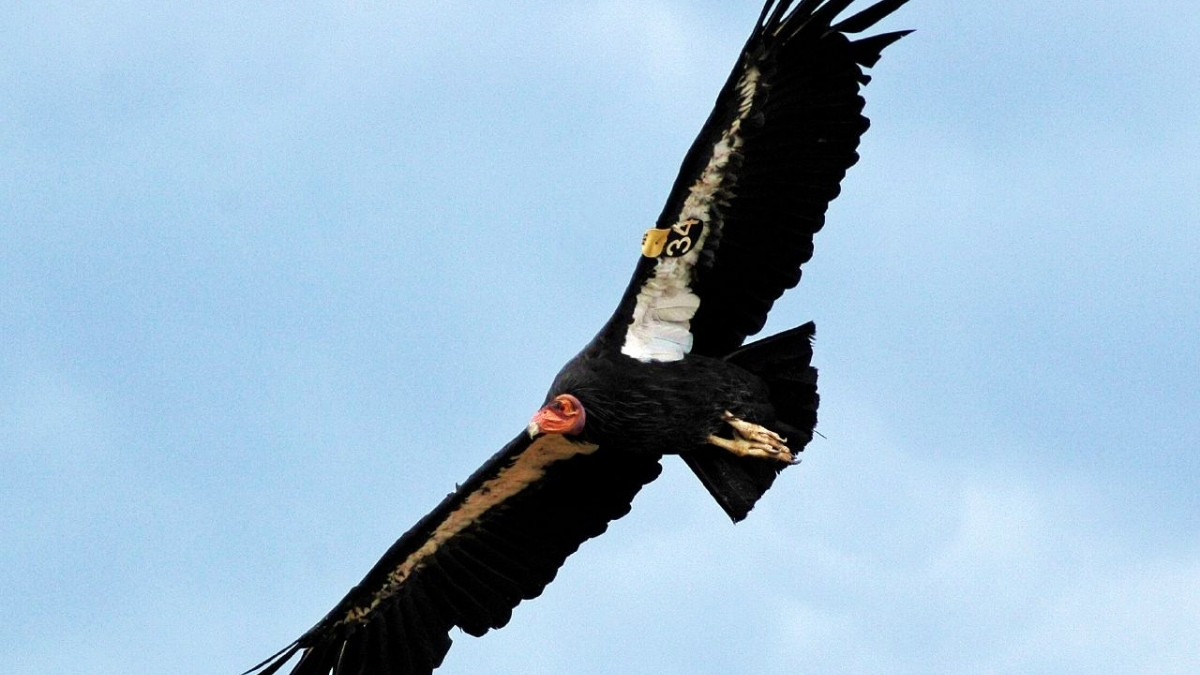Types of Birds: Did you know? Scientists now estimate there are around 11,000 bird species worldwide with far more than the 9,000–10,000 once believed. Thanks to genetic research, reclassification, and discoveries in remote regions, the count continues to rise. According to the American Museum of Natural History & BirdLife International, new species are still being identified each year.
Birds are among the most fascinating creatures on Earth, as they range from tiny hummingbirds to the massive ostrich, which showcases incredible diversity in size, colour, behaviour, and habitat. Birdwatching is a popular activity globally, especially in the United States, where more than 900 bird species have been recorded. Let us explore the different types of birds with key insights into ecosystems, migration patterns, and cultural connections.
What are the Different Types of Birds?
Birds like sparrows, robins, and finches are found worldwide. Therefore, they can be grouped into broad categories that show their diversity everywhere. Songbirds (Passerithe American Robin and Northern Cardinal stand out in the U.S. Moreover, from the Golden Eagle in Eurasia to the Bald Eagle as America’s national symbol, they rule the skies. Hummingbirds are unique to the Americas, including the U.S. favourite Ruby-throated Hummingbird. And Woodpeckers, from the Downy Woodpecker in North America to the Great Spotted Woodpecker in Europe, showcase their tree-tapping skills. Let us see some of the main types of birds include:
Here is a glimpse of all the different types of birds found globally:
| Type of Bird | Example Species | Notable Feature | Distribution |
| Songbirds | American Robin | Bright orange breast | US, Canada, Europe |
| Raptors | Bald Eagle | National symbol | US, Canada |
| Waterfowl | Mallard | Iridescent green head | Worldwide |
| Hummingbirds | Ruby-throated | Tiny wings, hover | Americas |
| Shorebirds | Sandpiper | Long legs for mudflats | Global coasts |
| Woodpeckers | Downy Woodpecker | Small, tree feeder | North America |
What is the Most Unique Bird?

The uniqueness of a bird can be measured in different ways such as by size, colour, rarity, or behaviour. Globally, one standout is the Resplendent Quetzal, which is a Central and South American bird with shimmering green. Moreover, it also has crimson plumage and a long tail that has inspired legends of beauty and freedom. Another is the Shoebill Stork of Africa, with its prehistoric look and enormous beak, unlike any other bird.

In the U.S., the California Condor is often called one of the most unique birds. With a wingspan of nearly 9.5 feet, it is among the largest flying birds in North America. Once on the brink of extinction, conservation efforts have slowly brought it back, making it a symbol of resilience and rarity in the wild.
What are the 100 Most Common Birds in the U.S. with Names from the American Bird Conservancy?
The American Bird Conservancy (ABC) highlights some of the most familiar backyard birds that millions of Americans spot daily.
- Among them are the American Robin, who is often seen hopping across lawns and parks.
- There is gentle Mourning Dove who is known for its soft cooing.
- The Northern Cardinal with its striking red plumage brightens the Eastern and Southern backyards.
Other frequent visitors include the clever Blue Jay, the adaptable American Crow, and the small yet active Downy Woodpecker. They are all a common sight along suburban tree lines. Together, these species represent just a fraction of the 100 most common birds found across the U.S., reflecting the country’s rich avian diversity.
Did You Know? Bird Trivia
|
Also Read: Types of Soil
Types of Artificial Intelligence
Conclusion
From the smallest hummingbirds to massive condors, understanding types of birds enhances appreciation for the natural world. Whether observing backyard robins in the US or exotic species abroad, birdwatching combines learning, recreation, and discovery.
To see more of such stories, you can go ahead and add this site to your preferred sources by clicking here.
Resplendent Quetzal
Comments
All Comments (0)
Join the conversation